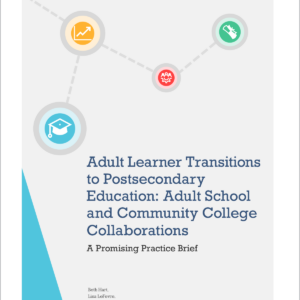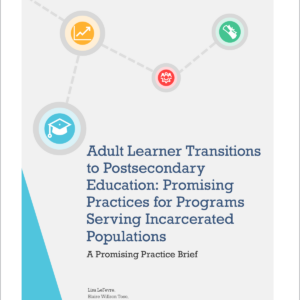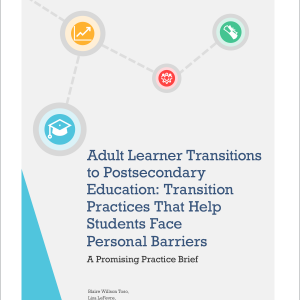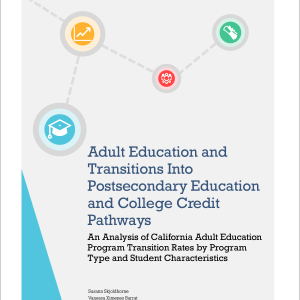What Gets in the Way of Education Reforms?
Posted on
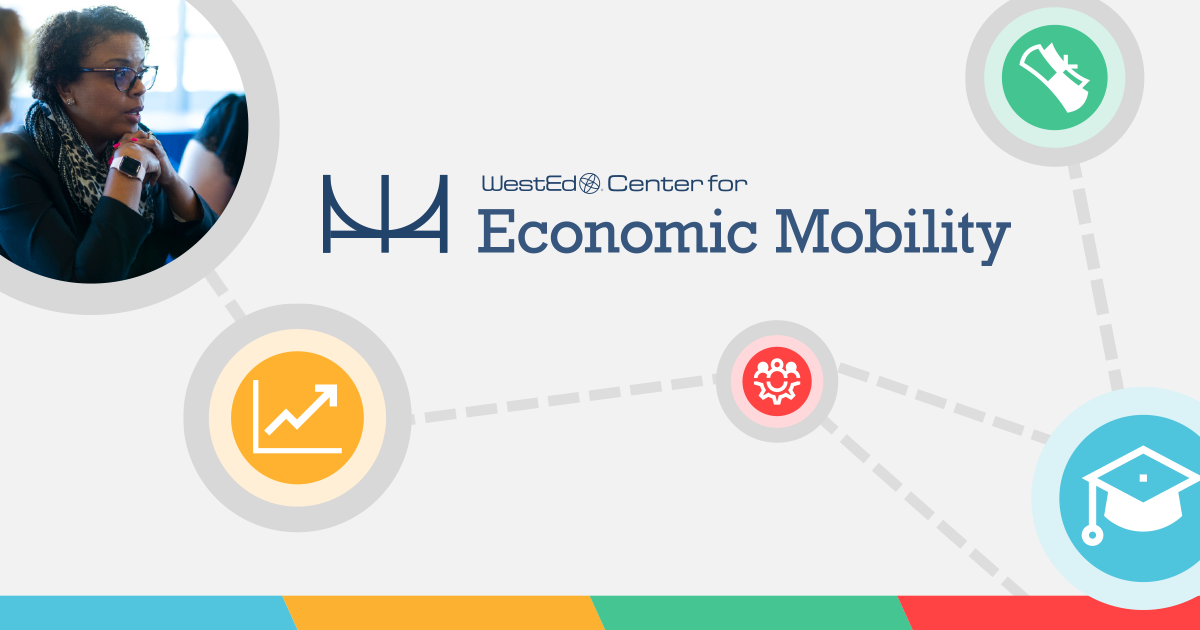
This post was originally published by WestEd’s Center for Economic Mobility.
Each year, the federal government and philanthropy release funding opportunities for educators to improve outcomes for learners. Often, these resources are channeled into multiyear initiatives. Educators rally around fresh logic models, master the terminology of new frameworks, review metrics for success, and roll out innovative implementation strategies. But frequently these efforts lose traction. Rather than dig into resistance to a reform effort that has been underway for a few years, attention shifts to a new approach that has come into vogue. Therefore, it is not surprising that many practitioners feel jaded about the boom-and-bust cycle of education reform. While the specific call to action may change from case to case, the factors that cause improvement efforts to flounder are often the same.
Based on our experience working within institutions on implementing systems change, the Center for Economic Mobility staff refer to these roadblocks as the Seven Deadly Sins of Education Reform.
- Death by Pilot
Given the limited discretionary funding at most education institutions, pilot projects are appealing mechanisms to improve student outcomes. However, they can also be very effective at diverting the energies of talented educators into work that affects only a small percentage of the overall learner population. Even though research may show that the piloted approach works, these reformers often hear that the costs are too great to be applied to all learners. Meanwhile, institutions continue to pour significant resources into things that don’t work and often kick off new pilot projects, which contributes to initiative fatigue.
- Hiding Behind Regulations
When someone says “this isn’t allowed!” and cites a legal framework like the Family Educational Rights and Privacy Act (FERPA), we often let the conversation stop rather than investigating what the rules really are and whether they prohibit the intended action. Or education institutions may be reluctant to devote resources to new strategies because they believe that funding streams prohibit nontraditional activities. Furthermore, when regulations truly run counter to our intended actions, we often treat them as immutable rather than working to fix the rules that are getting in learners’ ways.
- Blaming Teachers and Counselors
When initiatives aren’t implemented with fidelity, we often point the finger at people who work with learners most closely. However, these frontline educators (especially adjunct professors) may not have been engaged in designing the interventions or given clear information about the intended changes to practice. Rather than viewing communication and professional development as critical components of achieving our institutional reform goals, engagement and training resources are generally minimal and uncoordinated.
- Blaming Partners and Learners
Education has a hierarchy. Four-year institutions may view community colleges as less rigorous, while community colleges may blame high schools and adult education providers for sending them underprepared learners. However, policies and mindsets within our own institutions can have a significant negative impact on enrollment and persistence. Furthermore, when our education partners or employers make it difficult for learners to continue their training and career journeys, we don’t always speak up and identify ways to better serve our learners together.
- Allowing a Vocal Minority to Prevail
When we allow a forceful voice in a meeting to drown out other perspectives, internal concerns can overrule learner needs and derail reform efforts. For example, a few faculty in a math department may become the arbiters of the types of quantitative skills that are available to all learners, or resources for early career exploration can be diverted from liberal arts programs because some educators feel that discussing money cheapens their discipline. Avoiding conflict can also mean that groups won’t override a single naysayer even when most parties agree on a solution.
- Arguing Over Data Definitions
It is important to understand the methodology behind metrics, but focusing on edge cases can prevent meaningful engagement with the overall numbers. Too often, we get distracted by arguing about data definitions and insisting on complete and perfect data sets. This allows us to sidestep research findings and avoid conversations about the implications of available data. For example, in a situation where only 5 percent of learners are succeeding, debating whether the denominator should be expanded to make the figure 8 percent may be less important than identifying what stands in the way for the vast majority of learners.
- Ignoring Learners to Preserve Our Own Comfort
Many of the changes necessary to improve learner outcomes will require giving things up and shifting what each of us does within an institution. This type of change can be painful and uncomfortable, but it can also be freeing and bring us into alignment with why we chose to work in education. Many of these issues are grounded in race and deep divides in opportunity, reflecting unconscious bias that reinforces inequity. We must address these issues head on to create lasting improvements to education attainment for historically minoritized populations.
For every Deadly Sin our team has seen, we have also witnessed many courageous solutions. Access this PowerPoint deck for examples of how educators have demonstrated “Sprightly Virtues” that are antidotes to the Seven Deadly Sins and get inspired about ways that you can make a difference too.
Sign up to receive news from WestEd’s Center for Economic Mobility. Visit economic-mobility.wested.org.

